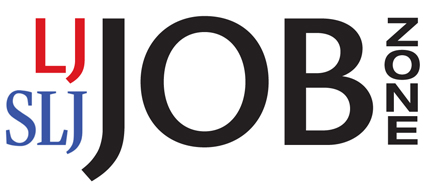New Article: “The Case for Building a Digital Preservation Network”
Here’s a new article (more than 3300 words) from EDUCAUSE Review. It was co-authored by library leaders from U. of Michigan, Stanford, and the University of California, San Diego.
Title
The Case for Building a Digital Preservation Network
Authors
James L. Hilton
Dean of Libraries, Vice Provost for Digital Educational Initiatives, University of Michigan
Professor of Information in the School of Information, University of Michigan
Tom Cramer
Chief Technology Strategist Associate Director, Stanford University Libraries
Sebastien Korner
Senior Systems Programmer at the University of Michigan Library
David Minor
Head of Digital Preservation Initiatives and Chronopolis Program Manager, UC San Diego Library.
Source
EDUCAUSE Review Online
August 5, 2013
From the Article:
Currently in its start-up phase, DPN [Digital Preservation Network] is building a digital preservation backbone that connects five existing (or soon to exist, in the case of APTrust) preservation-oriented repositories: the Academic Preservation Trust (APTrust), Chronopolis, HathiTrust, Stanford Digital Repository (SDR), and the University of Texas Digital Repository (UTDR). Collectively, these five are known as the DPN nodes. The five nodes are located in different parts of the United States, and each brings with it a distinct architecture, hardware platform, and organizational/financial structure.
By linking the repositories and developing frameworks around audit, transport, and intellectual property management, DPN will make it possible to create “dark” copies (i.e., no end-user access) of the content across the various nodes while maintaining high confidence in the integrity and retrievability of that content.
[Clip]
DPN is designed to preserve digital information for the academy by establishing a network of heterogeneous, interoperable, and trustworthy digital repositories (DPN nodes) to provide preservation services under a coordinated and diverse technical, service, and legal framework. DPN nodes will operate in a secure manner to protect the integrity of the processes, transport, and content that DPN holds. As such, the creation of DPN provides multiple benefits to society, the academy, and DPN members.
Read the Complete Article
See Also: Digital Preservation Network Video
DPN Animation from Steven Morales on Vimeo.
Filed under: Digital Preservation, Libraries, Management and Leadership, News, Open Access, Preservation
About Gary Price
Gary Price (gprice@gmail.com) is a librarian, writer, consultant, and frequent conference speaker based in the Washington D.C. metro area. He earned his MLIS degree from Wayne State University in Detroit. Price has won several awards including the SLA Innovations in Technology Award and Alumnus of the Year from the Wayne St. University Library and Information Science Program. From 2006-2009 he was Director of Online Information Services at Ask.com.


